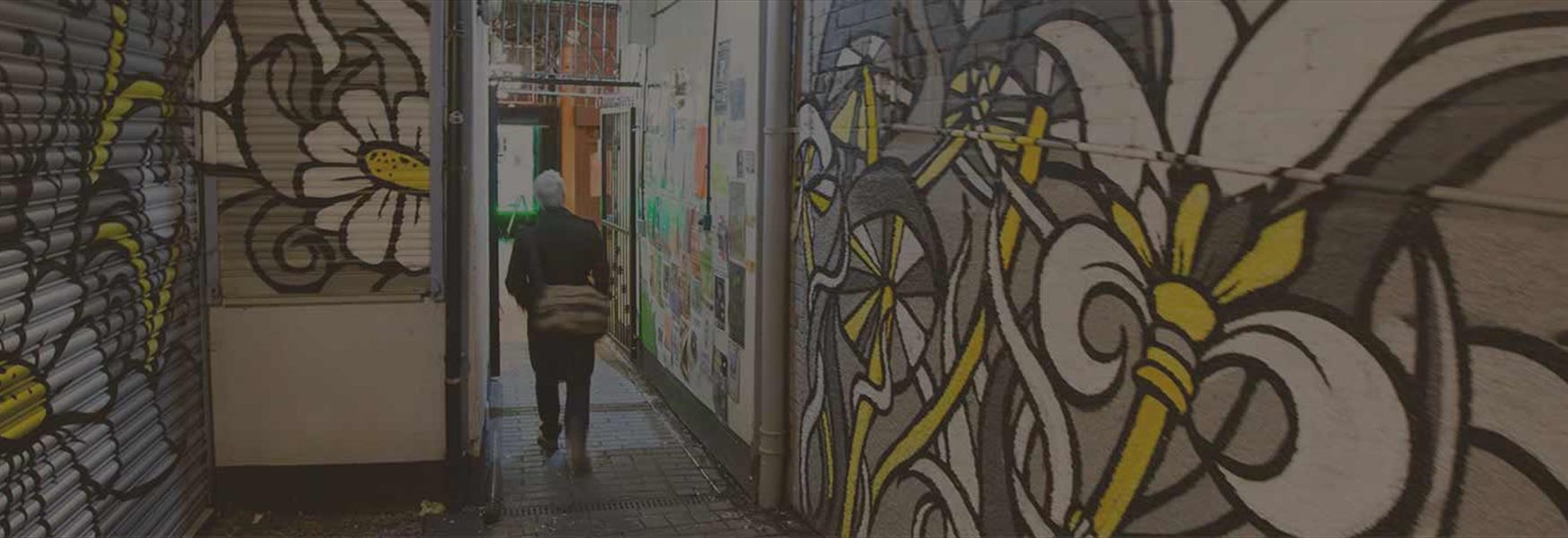To provide you with the best experience, cookies are used on this site. Find out more here.

To provide you with the best experience, cookies are used on this site. Find out more here.

Watson Fothergill was born on 12th July 1841 in Mansfield. He was originally born Fothergill Watson, but changed his name in 1892 to continue his mothers family name. He was a well respected architect and gained his experience from a young age. His father died when he was nine years old and at the time he was studying in a London boarding school. He returned home to live with his mother who moved from Mansfield to Nottingham and he then attended a less expensive Nottingham school. After leaving school at the age of 15 in 1856, Fothergill worked as a trainee with Frederick Jackson, Civil Engineer, Architect and Surveyor. At this point, he was still based in Nottingham and began to learn the basics of what would eventually make him a famous name in the city.
Fothergill eventually went to work for I. C. Gilbert who was a Nottingham architect. After working for Gilbert, Fothergill built up his experience in London for a while before his eventual return to Nottingham in 1864 where he finally set up his own practice in Clinton Street. Fothergill's first major work came about as a result of a competition he won, and was the design for the Albert Hall in Nottingham. It opened on the 20th September 1876, although it was burnt down in 1906. Other notable companies that Fothergill worked for when designing impressive structures are the Nottingham Daily Express (the express chambers on Parliament Street), and the Nottingham and Notts Bank.
Fothergill also designed private houses, shops, offices, warehouses, public houses, banks and many more buildings over the next twenty years.
With the building of a new railway line in 1893 that passed through Victoria Station (now Victoria Shopping Centre), Fothergill had to move offices due to the demolition of most of Clinton Street. His new premises were built on George Street (pictured above) and are still there this very day. The building is said to include all the features reminiscent of his work with a mixture styles, and ultimately demonstrating a gothic feel to it. He dedicated the building to five influential architects who helped to inspire him with his work. They were Augustus Welby Northmore Pugin (1812-1852), George Edmund Street (1824-1881), George Gilbert Scott (1811-1878), William Burges (1827-1881) and Richard Norman Shaw (1831-1912). His works are easily identifiable it is said by the use of high quality bricks and brick laying technique, red and blue bricks, stone as well as black timber for eaves and balconies. Many of these features can be seen on his head office in George Street. A statue is also included on the face of the building, depicting a medieval architect with a gothic cathedral at his feet. In his hands are the plans for a project. Many wonder if this is how Fothergill saw himslf with regards to architecture.
Fothergill kept many diaries and continued to update records of his family history for future generations which had been started many generations before him. He was a lover of travelling and noting places he had been, and he also collected art and cultural items on his travels. Many of his blueprints for projects are still in the Nottingham archives, although many of his drawings were lost over time as well. He sadly died in 1928 at the age of 87, after never fully recovering his health after a fall in his drawing room in 1926.
| Opening (1 Jan 2024 - 31 Dec 2026) |
|---|
The Adams & Page Building dates back to 10th July 1855 and sits proudly as the largest…
Famous Nottingham pharmaceutical brand, Boots, opened their first store on Goosegate in…
A mural, which celebrates Nottingham’s pioneering history with the lace industry, has…
Sir James Matthew Barrie was a Scottish author and dramatist, best remembered today as…
With 48 lanes Nottingham Bowl is the UKs largest bowling alley, boasting a range of…
t Mary’s Church – Grade 1 Listed and the largest medieval building in the city of…
Nottingham Contemporary is one of the largest contemporary art galleries in the UK,…
Eric Irons OBE, Britain’s first black magistrate and well-known campaigner for social…
Meet amazing, costumed characters from Nottingham's history in our Grade II* listed,…
Number one for shopping in Nottingham, Debbie Bryan are an award winning, independent…
Enter and explore a whole new world in the caves underneath Nottingham city and descend…
The Brian Clough statue stands proudly in Nottingham city centre just off Old Market…
It takes a building of some distinction to stand out in a city as rich in beautiful and…
Weekday Cross, in the historic Lace Market area of Nottingham, was once the main market…
Home of ice skating legends Torvill & Dean, the NIC is the coolest place to skate in…
